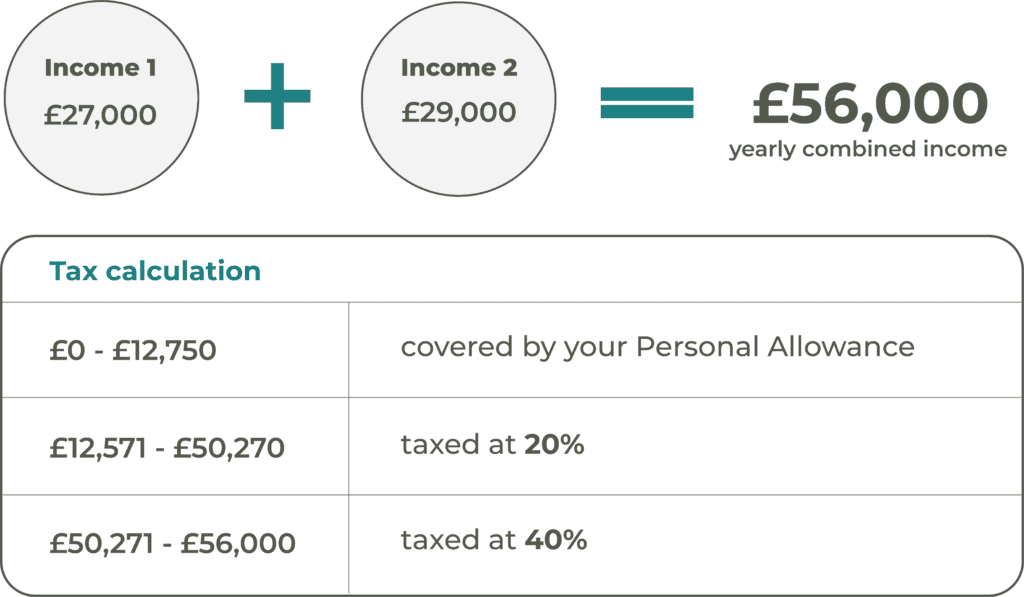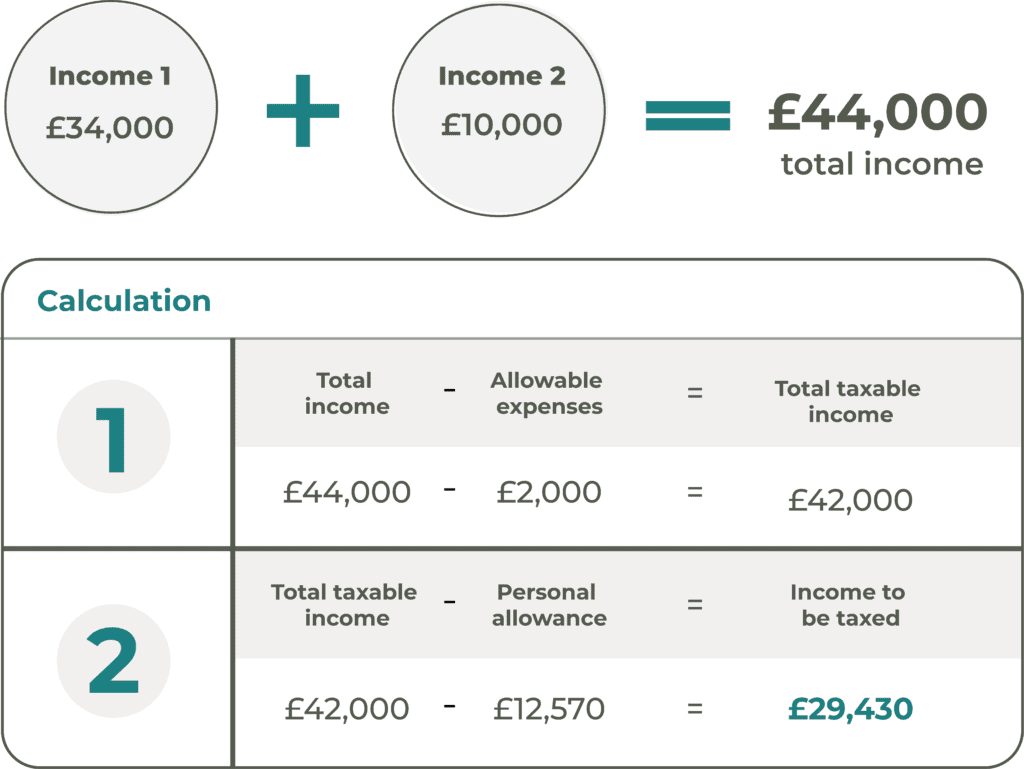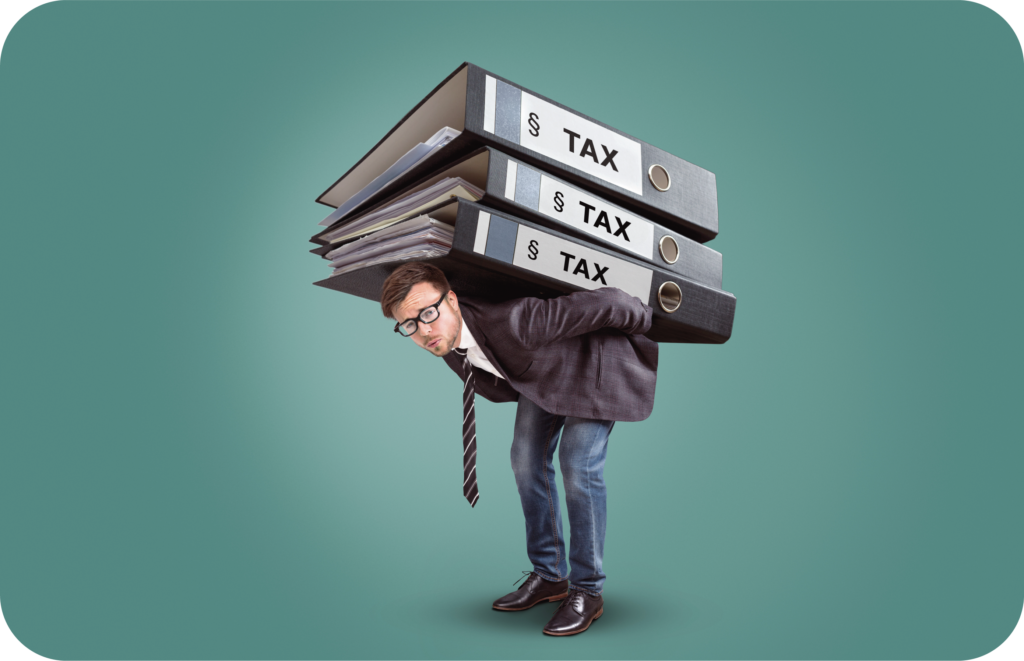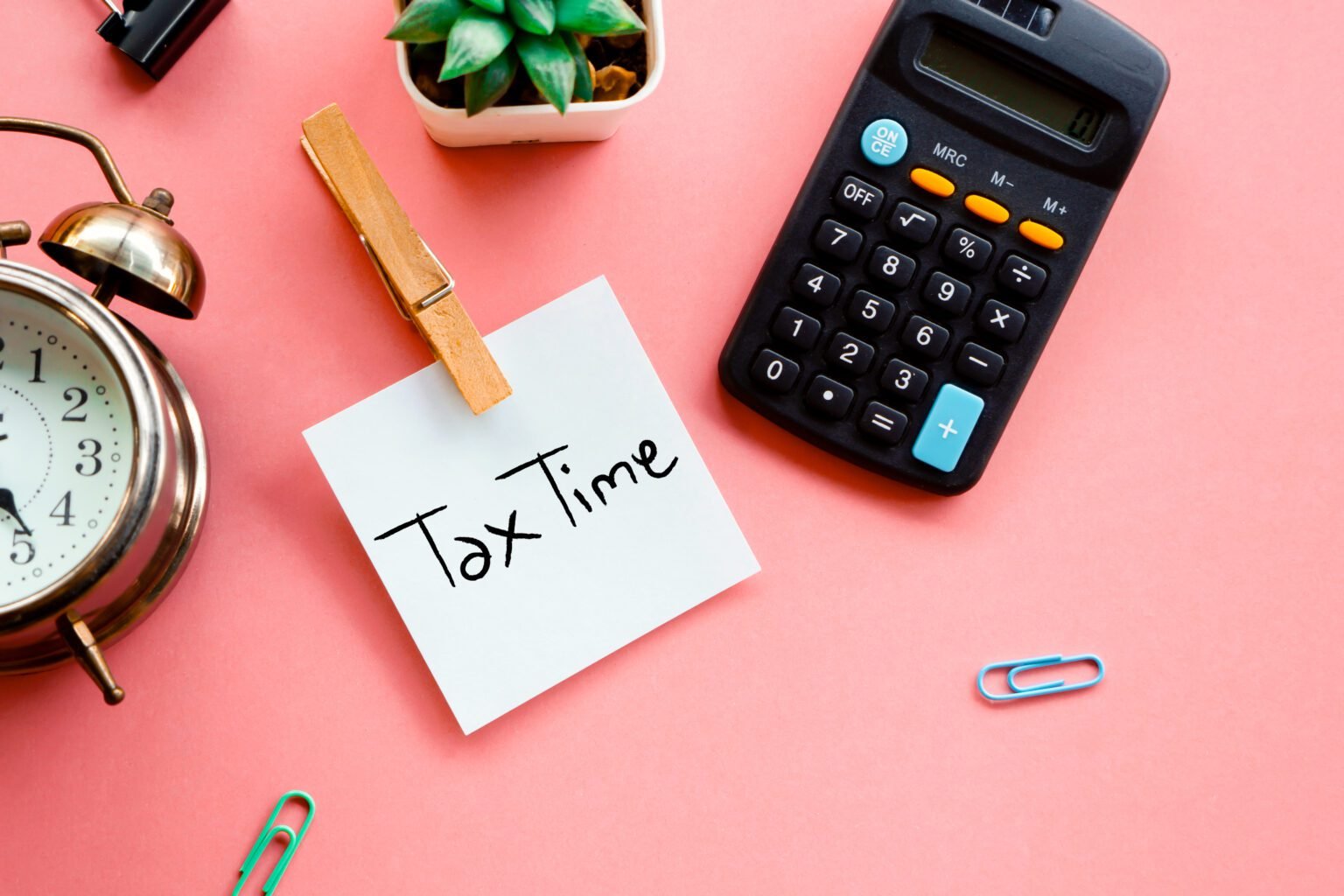The Accountancy Partnership
According to a recent report by Airtasker, 46% of workers in the UK currently have a side hustle. In the US, that number sits at roughly 34%, with 61 million people planning on launching a side business at some point this year. It’s a growing means of revenue generation that allows you to monetise your passions, whilst maintaining your day job. It’s also a popular first step for those interested in transitioning from traditional work to a portfolio career.
Whether you’re doing it to supplement your income, increase saving or spending power, follow a dream or turn a passion into profit, it’s no small beans as – for side hustlers – 20% of their income generated is from their side gigs according to Henley Business School.
If you have a niche skill or offering, you can turn it into a business. Maybe you want to do some paid consulting on the side, or become a mentor. You might want to sell crafts on Etsy, or build experience as a writer, lecturer or industry expert. It’s fantastic if you can make extra income doing something you love, but whatever you do or sell, you have to remember – if you make a profit, it will likely become taxable.
Don’t be afraid or put off pursuing your side hustle dreams because of tax. We’re here to explain when you’ll need to pay tax on your second income in the UK. Let’s take a look.
Do I always have to pay tax from my side hustle?
The good news is that because of a policy introduced in April 2017, you don’t have to declare the first £1,000 you make in the UK – which is around £80 per month.
Regardless of this, HMRC says that you still must keep a thorough and accurate record of all your trading income and any expenses if you have them. It’s an important habit to have, especially as you do more business and earn more money, as most people quickly exceed the £1,000 tax threshold.
What must I do when I start to earn over £1,000?

Congratulations, your hustling is paying off – literally! You’re up and running and have paying customers.
Now you’ll have to start paying tax on your additional earnings. The first thing to do is create a legal structure. This means you must set yourself up as either a sole trader or limited company. In these examples, we’ll work on the basis that you’re a sole trader, as most people start their side hustle this way. If you’re not sure which option is right for you, you can read more on the topic here.
Next you need to inform HMRC of your situation by registering with them before October 5th the following tax year. For example: you start the side hustle in November 2023, the tax year ends on April 5th, 2024. So, your deadline for registering is October 5th 2024.
Pro tip: Don’t leave it to the last minute! You run the risk of getting a fine.
A quick bit on registering:
The easiest way to register is online on the “self-employed” section of the self assessment website. Once you’ve entered your details, they’ll send codes out to you in the post to activate your HMRC account.
Be aware – they will keep sending you a tax return each year until you tell them not to, so bear this in mind if you shut down your side business.
How do I know how much tax to pay?
As the term suggests – “second job or side hustle” – you have a regular job, and this impacts how your tax is calculated.
This is where we’re going to get heavy on the details, but it’s really useful to understand how the tax system works and know how much you should be paying, especially as errors are all too easy to make in the self assessment process.
You should also be aware of allowable expenses – running costs such as stationary, software, phone bills, etc. You’re eligible to deduct some of these costs (provided they’re allowable expenses) when working out your taxable profit.
For example:
Turnover: £40,000 – allowable expenses of £10,000
Taxable profit = £30,000
The different tax rates
If you are aged 18 or over, you are entitled to earn up to £12,570 tax free (this figure will be frozen at this level until 2026), known as personal allowance. You only receive this personal allowance once – against all of your income. Above that you are charged tax according to which tax band that bit of income falls in.

Income tax calculator https://www.gov.uk/estimate-income-tax
Calculating tax for your second job (as an employee)

To start with, you’ll need to work out which band your earnings fall into using the above table e.g., if you’re an employee for both jobs earning £27,000 in one and £29,000 in the other, your yearly combined income would be £56,000.

Calculating tax for your side hustle (self-employed)
The thresholds and process you need to go through for your side gig are slightly different to being employed in a second job. Firstly, you won’t have a tax code but will have to register and complete a Self Assessment tax return.
You’re still entitled to your personal allowance limit (£12,570) and you should also be entitled for the trading allowance (your first £1,000 earnings are tax free). It’s worth noting that you can only use your trading allowance against your tax bill if you don’t claim expenses – it’s one or the other.
You can choose which one you use, so go for the one that has the most tax relief!
If you have £1,500 of allowable expenses, claim those. If you have £500 of allowable expenses, use your trading allowance to offset against your tax bill, instead.
As an example, if you made £34,000 in your primary job as an employee, and £10,000 on your side hustle as a self-employed worker:

This falls into the 20% tax band, though your employer will usually tax you ‘at source’ from your wages. You’ll need to include this on your Self Assessment tax return, but you will normally have paid the tax on your employment income already.
Don’t stress – it’s easier to manage than you think

It needn’t be overwhelming when working out how much tax to pay from your second job or side gig, help is always available from HMRC or an accountant.
Just remember that tax laws vary per country, so it’s important to research the rules for your particular place of residence. For example, in the US, you’re taxed on the total income you generate, which means having a side gig or second job could push you into a higher tax bracket. You can find out more about that here.
Think this sounds like the right path for you? Come along to our monthly Community Welcome Call for new members to find out what a portfolio career could look like and how The Portfolio Collective can help you take those first steps towards professional success – and don’t forget to connect with our community!



